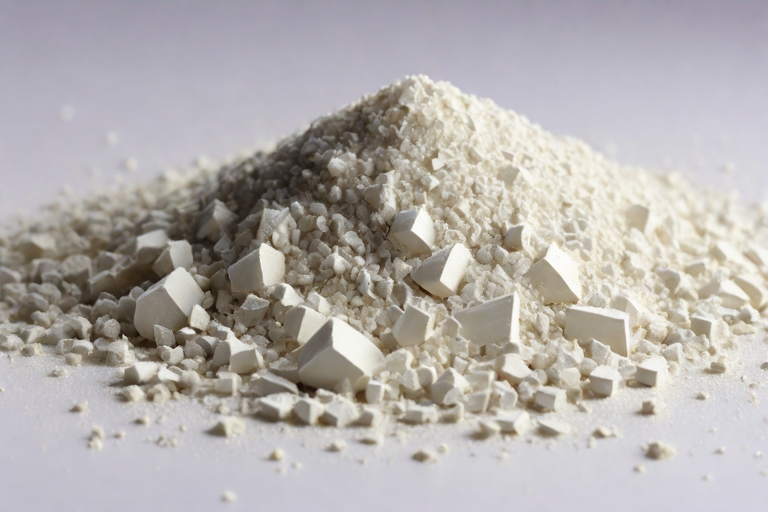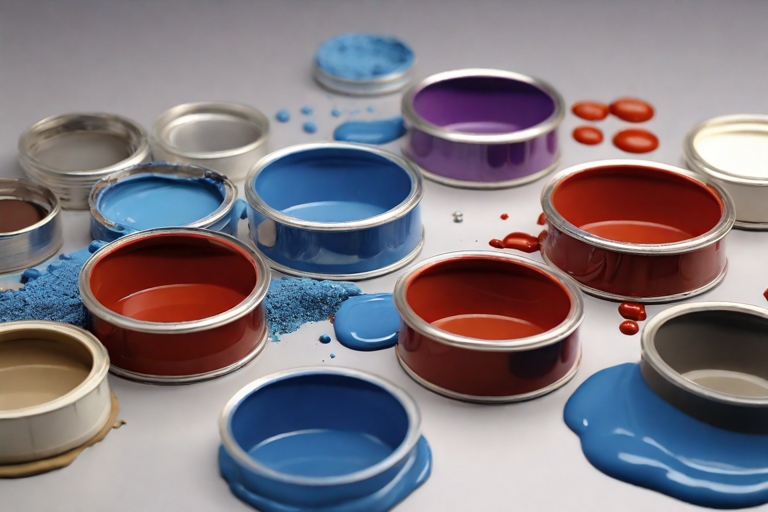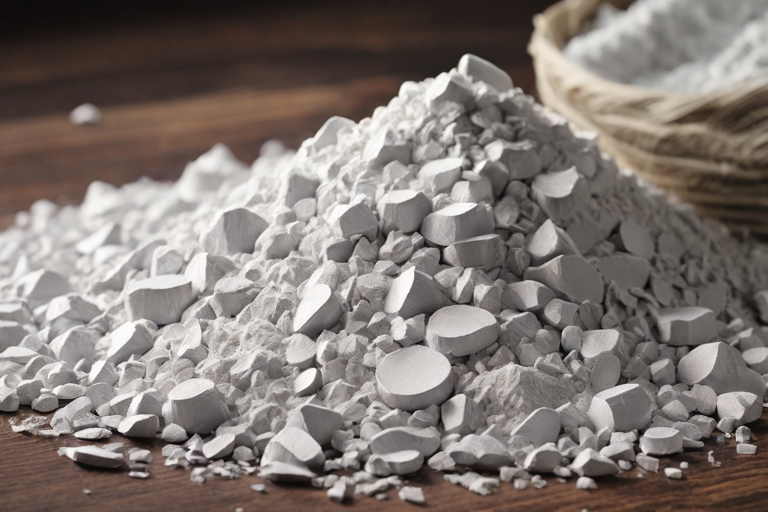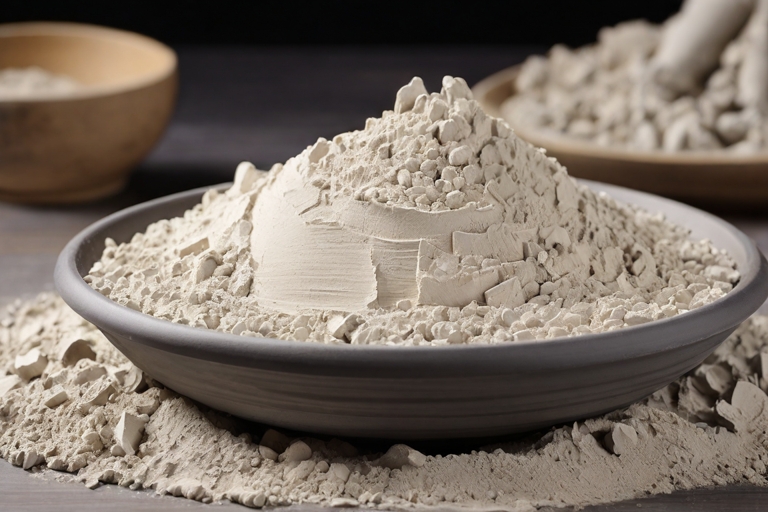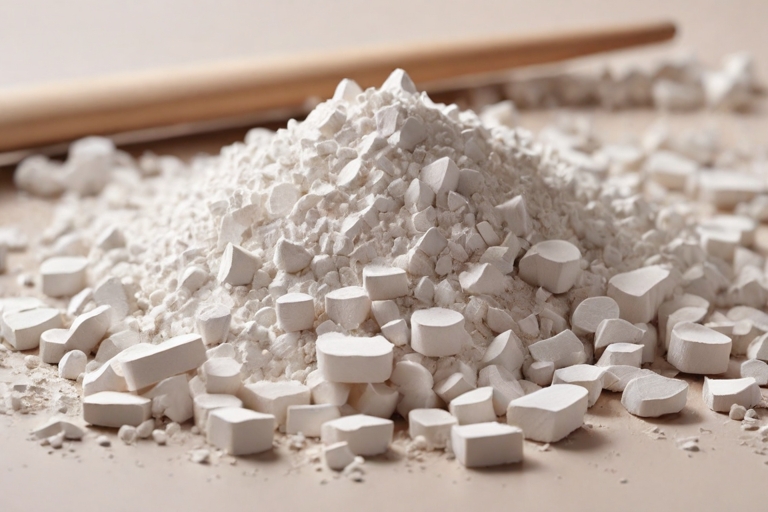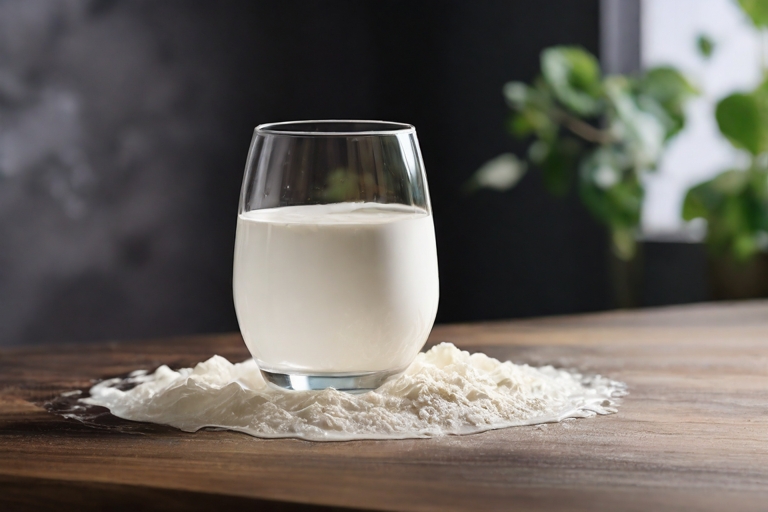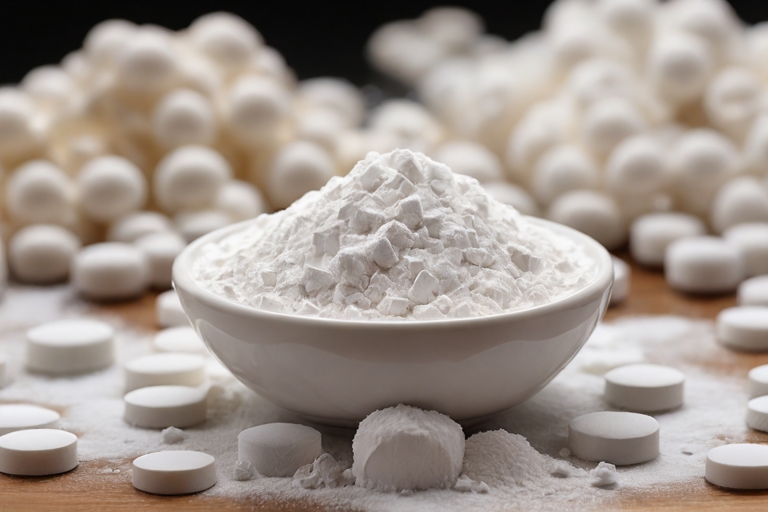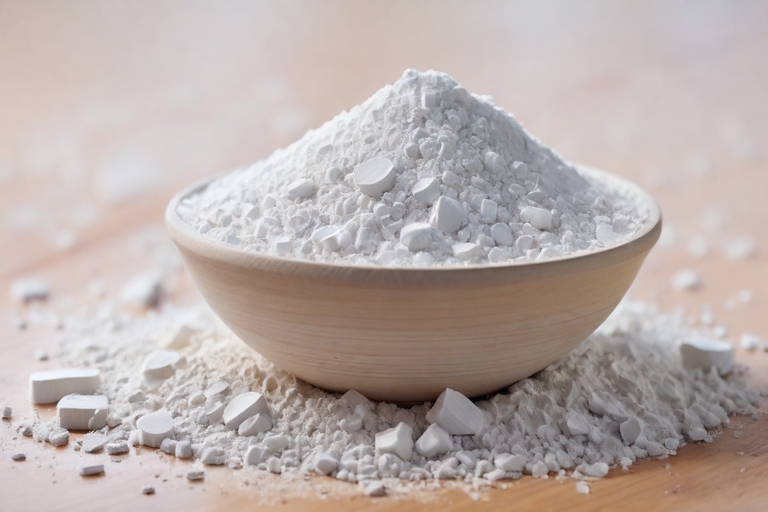Attractiveness of Producing Precipitated or Nano-Structured Silica in Canada from the Perspective of Job Creation, Profitability, and Foreign Exchange Earnings
Producing precipitated and nano-structured silica in Canada, given the unique properties of this material and the growing need for it in various industries, has a very high potential for job creation, profitability, and foreign exchange earnings. A more detailed examination of these potentials is as follows: Job Creation Profitability Foreign Exchange Earnings Factors Affecting the …
